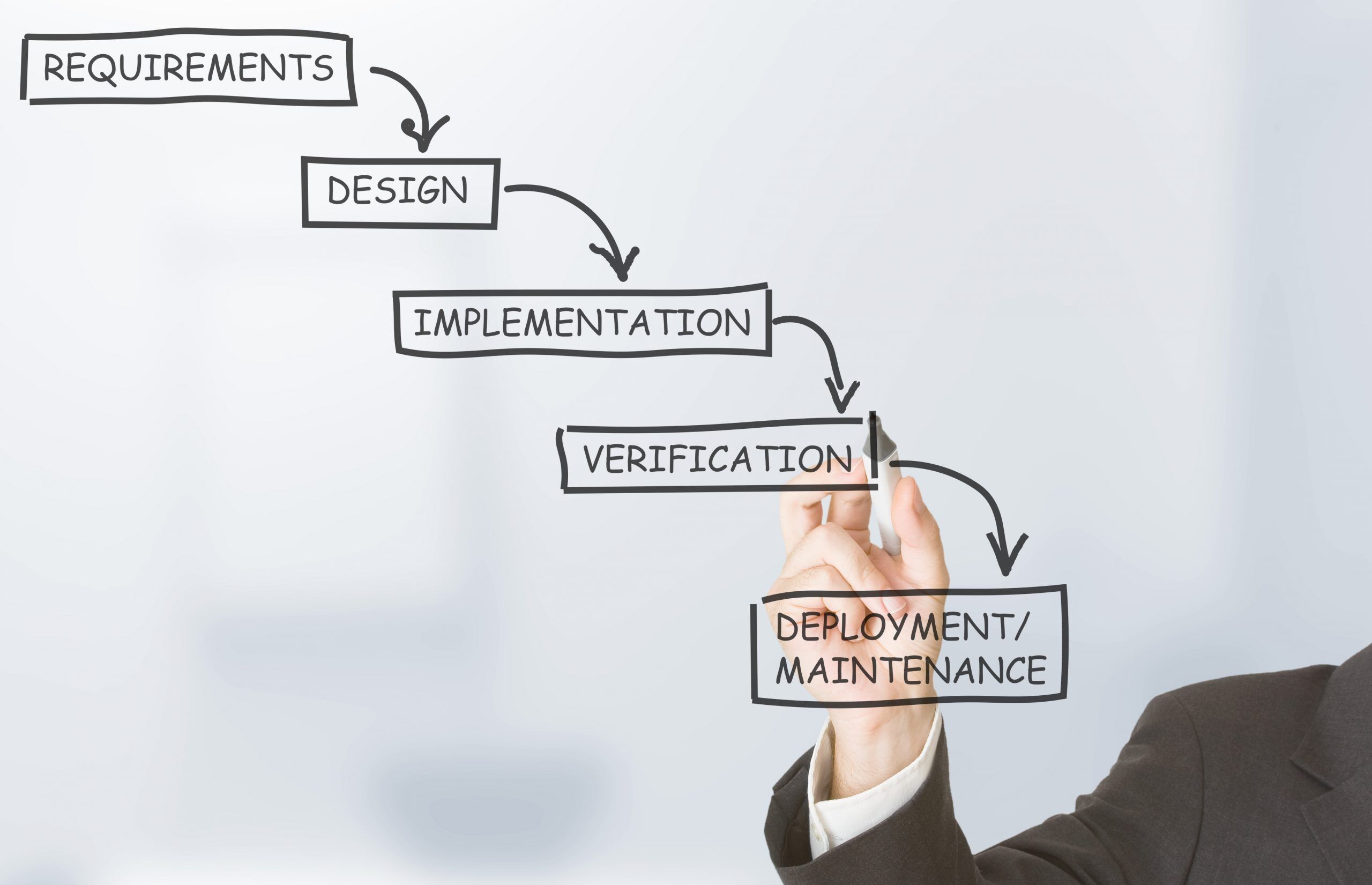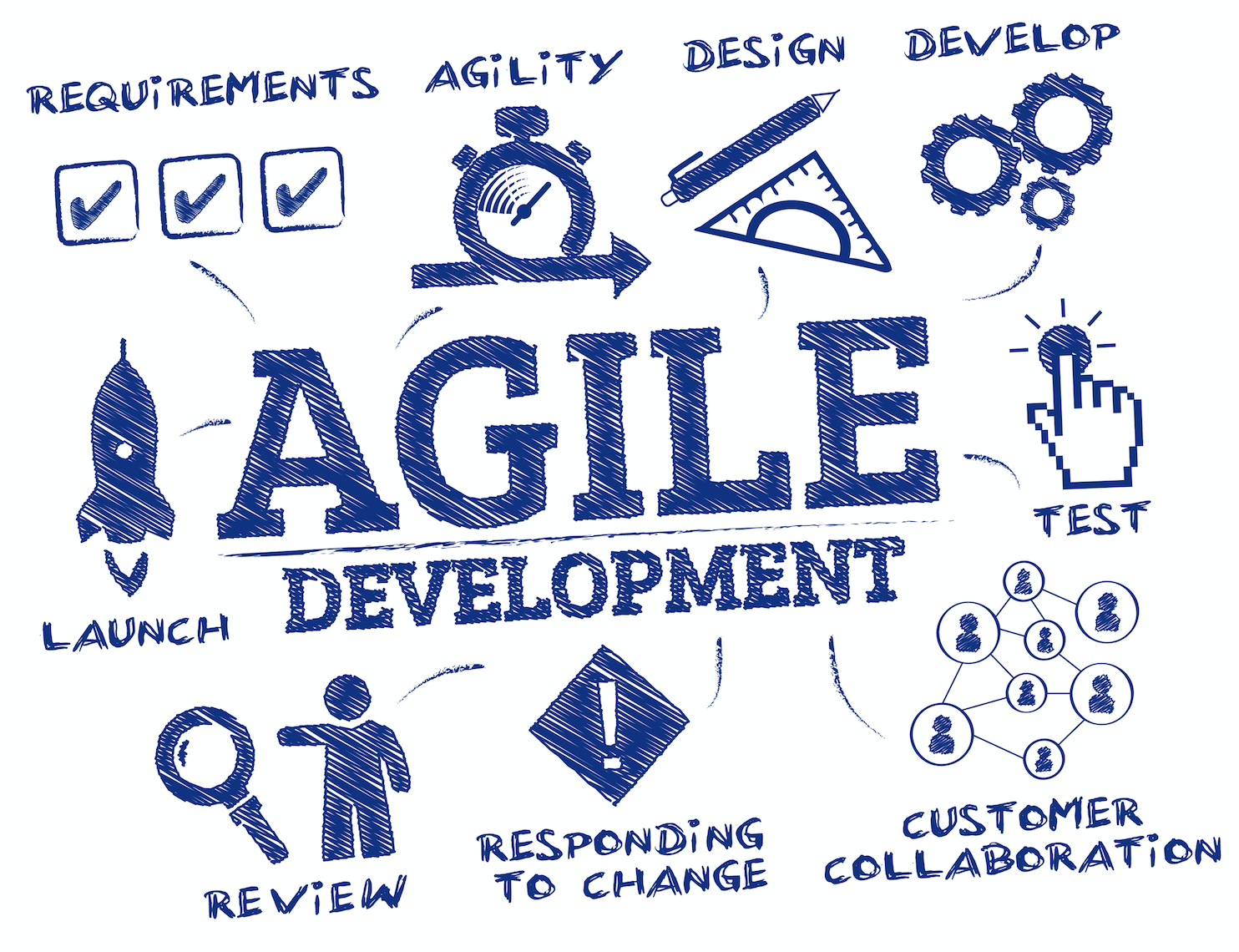As an important development that has been closely related to the business analysis world; IIBA announced that they added Agile Business Analysis Certification to their certificate programs. BABOK Agile Extension book handled the innovations brought by agile approaches with an agile business analysis perspective in a rapidly changing world. We can summarize the Agile Manifesto that brings a new perspective to the software development and business analysis world:
Deciding which methodology to apply before starting software projects and determining the appropriate methodology for the project is important to succeed.
According to Standish Chaos Report;
-31% of the projects got canceled before the completion,
-53% of the projects’ budget exceeds the estimated budget over %189,
-Only 16% of the projects got completed on the estimated time and budget.
Especially in large scale companies; 42% of completed projects that are designed according to the project goals could not create valuable outputs.
Traditional software project planning cycle is as follows:

In this approach which is called Waterfall; the scope of the project is determined during the project analysis phase. Time and budget might be variable. In this approach, the end-users express their needs during the analysis phase of the project. There is no contact with the customer during the design and software phases. If we look at a 6 months long project; delivering functioning software usually takes place during the 4th to 6th months. Customer needs may change over time.
Fixation of the scope in the analysis phase hinders adapting to rapid changes in organizations and the market. Agile methodology in which the scope is open to changes during the project process and approaches (scrum, kanban) that belong to this methodology have been developed to understand customer’s needs and expectations and to adapt the changes.

Agile is a project methodology and approach that was developed by using the lean methodology. It aims to provide outputs that will create value for the customer in a shorter time by advancing the analysis, design, software, and testing processes repetitively. For this purpose, it focuses on the following topics:

-Rather than the processes and tools, the interaction in between:
It is important that individuals involved in the project proceed in cooperation and in line with the same goal for the projects to achieve their goals. It requires working closely with the stakeholders during every step of the value chain. The team of the project emphasizes instant feedback to decide whether the changing needs will be fulfilled or not.
-Rather than the comprehensive documentation, the software:
The most effective method of information exchange in the project team is face-to-face communication. It is important to document the requirements and make them permanent, but it shouldn’t be the main purpose. Documents only create value while reaching the goal.
-Rather than the contract negotiations, collaboration with the customer:
Stakeholders and IT employees try to get rid of a potential project failure in clarifying the requirements with approval processes through the written documents. Rather than just sticking to a plan, it is needed to react to the change and to manage the changes with the stakeholders.
-Rather than just sticking to a fixed plan, responding to changes:
Giving feedback by working in collaboration and constant learning is a must. The scope can be revised during the projects according to the feedback to understand the needs and respond to the solution.
The most important priority of an agile approach is to satisfy customers by providing early and continuous delivery of valuable software. Changed requirements can be accepted in all phases of the software process. Agile processes use the change for the customer’s competitive advantage.
Working with the team spirit in collaboration is another critical point of this approach. Owners of the business processes, business analysts, test specialists, and software testers should work together during the project. Motivated individuals should take part in the fundamentals of the project. The required environment and support should be provided to them, there must be confidence that they will do the job. The best architectures, requirements, and designs come from the self-organizing teams.

